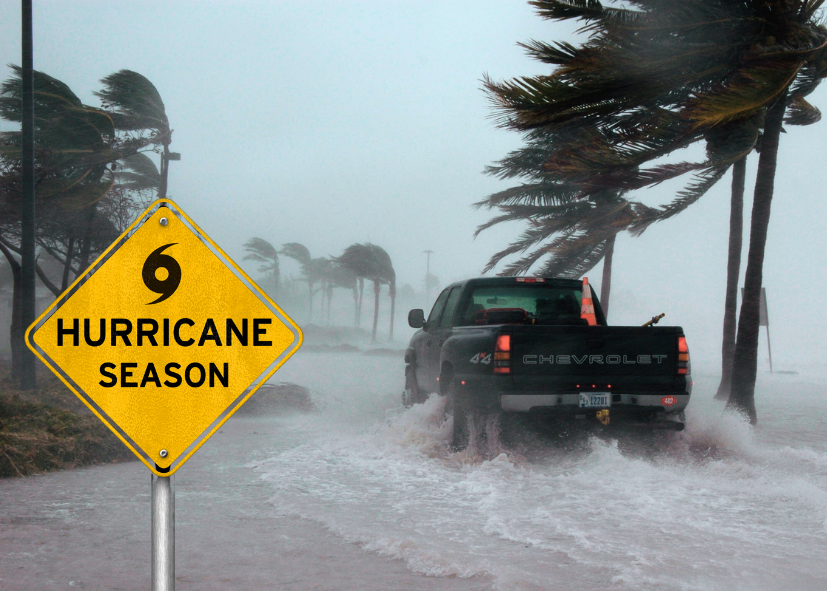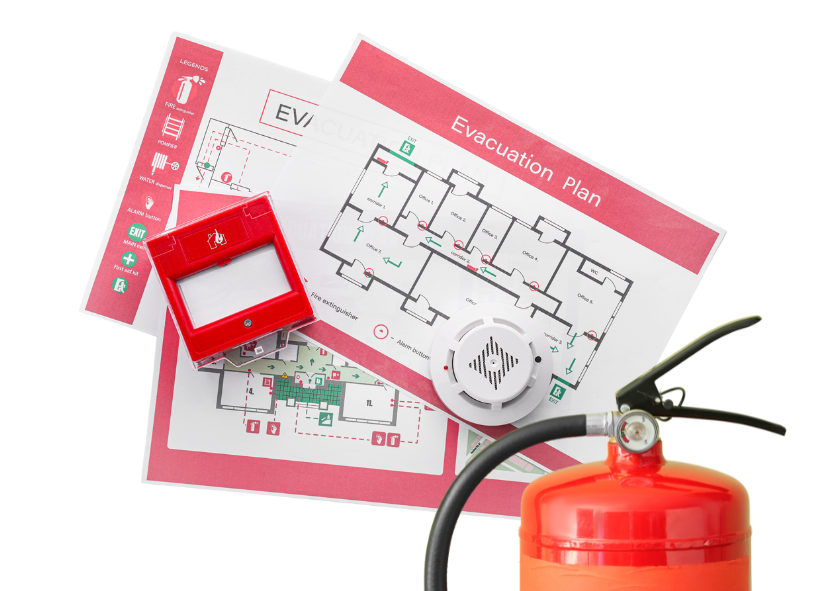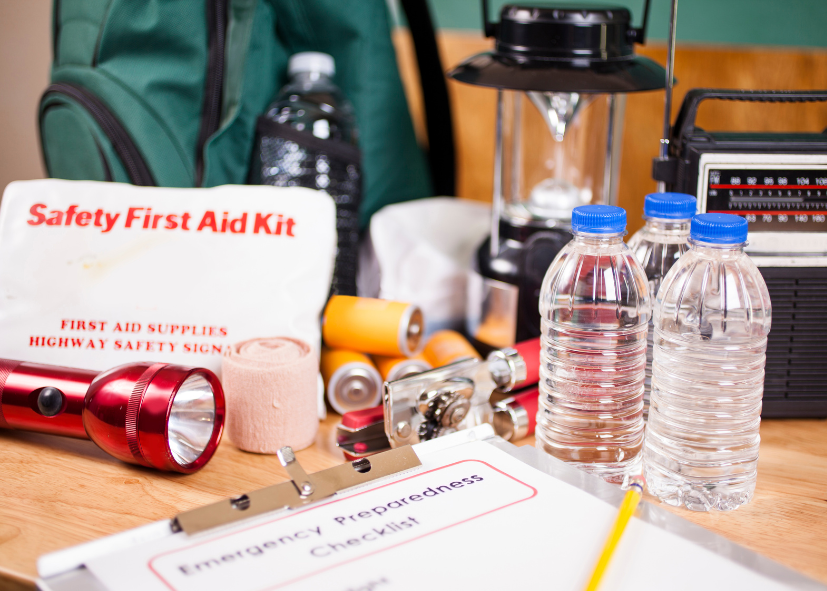Your Cart is Empty
Call, Text or Chat Mon-Friday 10AM-5PM CST : 1-844-WILDOAK
Menu
-
- Deals & Promos
- Homesteading
- Living Off The Grid
- Off Grid Toilet
- Composting Toilets
- Incinerating Toilet
- Chicken Coops
- Greenhouses
- DIY Shed Kits
- Barndominium Kit
- Garage Kits
- Poultry Processing
- Dog Kennels
- BeeKeeping
- EMP & Signal Protection
- Emergency Food Kits
- Freeze Dryers
- Solar Generators, Panels and Batteries
- Solar Fridge & Freezers
- Propane Wall Heater
- Water Filtration
- Coolers and Cooking
- Gazebos
- Portable Sauna
- Camping Cot
- Hunting Blind
- Canvas Tents
- Prepping
- Overlanding Gear
- Composting Toilets
- Solar Generators
- Brands
- Chicken Coop Brands
- Composting Toilet Brands
- Solar Brands
- Food Storage Brands
- Freeze Dryer Brands
- Water Filtration Brands
- Incinerating Toilet
- Dry Flush Toilet Brands
- Waterless Toilet Brands
- Heater Brands
- EMP Shield Brands
- Tent Brands
- Cot Brands
- Cooler Brands
- Stove & Grill Brands
- Dog Kennels
- Greenhouse & Gazebo Brands
- Portable Saunas
- DIY Shed Kits
- About Us
- Resource Center
- The Ultimate Prepper & Emergency Survival Blog - Includes Free eBook
- Beginners Guide to Living off The Grid - Includes Free eBook
- Building Your Own Emergency Food Supply
- Best Survival Food to Be Prepared for Anything
- Berkey Lab Tests & Certifications
- Federal Solar Tax Credit - What You Need to Know
- BLOG
-
- 1-844-945-3625
- Login

Call, Text or Chat Mon-Friday 10AM-5PM CST : 1-844-WILDOAK
Hurricane Preparedness: Survival Basics
by Patricia Turla 7 min read
For those of us who live in hurricane-prone areas, the start of summer means more than just longer days and warmer temps. As the hurricane season begins, it is a reminder to get our houses in order before the next big storm comes barreling through. And trust me, you do not want to be scrambling for supplies when the hurricane-force winds are already howling at your doorstep.
Hurricanes might seem like just a coastal problem, but even inland areas can experience hurricane-force winds, a storm surge, and flooding from these tropical cyclones. But with the right hurricane preparedness, you can withstand hurricane impacts and protect your family and property.
Table of Contents:
- Hurricane Season
- Preparing Your Home to Withstand Hurricane Force Winds
- Evacuation Planning During a Hurricane or Tropical Storm
- Bug Out Bag Essentials for Hurricane Safety Plan
Hurricane Season

Eastern Pacific Hurricane Season
The Eastern Pacific hurricane season typically runs from May 15 to November 30. This period sees a higher frequency of storms due to the warm ocean temperatures and favorable atmospheric conditions. Hurricanes in this region often threaten coastal areas of Mexico, Central America, and occasionally the southwestern United States.
Central Pacific Hurricane Season
The Central Pacific hurricane season spans from June 1 to November 30. This region covers a vast area, including Hawaii. Although fewer storms occur here compared to the Eastern Pacific, the threat remains significant, especially for the Hawaiian Islands.
Preparing Your Home to Withstand Hurricane Force Winds
Below are some basic hurricane preparedness steps to keep your household safe and secure even in the midst of severe weather.
Securing Loose Objects and Potential Projectiles
Take a look around your property and gather up any loose objects that could become projectiles in high winds. Unsecured items like:
-
Lawn furniture
-
Potted plants
-
Gardening tools
-
Decorations
-
Children’s toys
-
Trash cans
Anything not properly secured needs to find a new home indoors or be tied down extremely securely. Those cute garden gnomes may look harmless, but at hurricane-force wind speeds, they could become cannon balls that put holes in your nice new windows or doors ahead of time. No one wants an unpleasant aftermath of shattered glass and ceramic shards.
Protecting Windows and Doors
These wall openings in your home’s exterior are extremely vulnerable to wind damage from an approaching storm.
-
Install Storm Shutters: Installing storm shutters is a highly effective way to protect your windows from debris. Options include aluminum panels, accordion shutters, and impact glass.
-
Use Proper Plywood:If storm shutters are not an option, you can use proper plywood to board up windows. Make sure the plywood is thick enough (at least 5/8 inch) and properly installed to withstand the high winds and flying debris.
Reinforcing the Roof and Walls
Don’t forget about the roof over your head. Loose shingles, cracks, and weak spots can spell disaster when faced with hurricane-force winds. A little preventive maintenance can save you from a world of trouble later on.
When you have an older roof, reinforce it with hurricane straps, clips, or aluminum panels to improve your home’s ability to withstand hurricane impacts. The walls should also be properly reinforced at all wall openings to help resist high wind pressures.
Clearing Gutters and Drainage
Don’t let clogged gutters and drainage systems turn your property into a scene from Waterworld. Take some time to clear out any debris to allow rainwater to flow freely away from your home’s foundation. Good drainage is essential for preventing flood waters from intruding on your home.
-
Cleaning Gutters: Clear gutters of debris to ensure they can handle the heavy rains that accompany hurricanes. Blocked gutters can lead to water overflow and damage to your roof and walls.
-
Checking Downspouts: Ensure downspouts direct water away from your home’s foundation. Consider adding extensions to move water further away if necessary to prevent flooding in flood-prone areas.
Trimming Trees and Removing Loose Branches
Do yourself a favor and trim trees with loose branches or limbs that could potentially break off and cause damage. Falling trees and branches are a major hazard when disaster strikes, so don’t take any chances.
-
Pruning Branches: Trim any dead or weak branches that could break off during high winds. Doing so not only protects your home but also reduces the risk of downed power lines and other critical services being disrupted.
-
Removing Hazardous Trees:When you have trees that are particularly close to your home or in poor health, consider having them removed.
Evacuation Planning During a Hurricane or Tropical Storm

When developing a hurricane preparedness plan, it should include an evacuation plan, identifying evacuation zones, and determining family meeting places. It should also consider the safety of your garage door, electrical equipment, and wall openings. The following are essential steps to create an evacuation plan:
Monitoring Official Weather Updates and Evacuation Orders
When it comes to hurricane preparedness, staying informed is your first line of defense. Keep a close eye on the National Weather Service for up-to-date information on any approaching storm. Local officials will provide evacuation orders and other critical services updates, which can mean the difference between life and death. Use a battery-powered radio or solar-powered USB charger to ensure you can receive updates even if the power goes out.
Identifying Evacuation Routes and Shelters
Knowing your evacuation zone and having a plan in place is essential. Familiarize yourself with local evacuation routes and identify nearby shelters. If you live in a flood-prone area, find an out-of-town location to stay until the storm passes. Check with your local emergency management office for maps and guides. Remember, the path to safety begins with understanding your options before the storm hits.
Preparing Essential Documents and Valuables
Hurricanes can strike with little warning, so have essential documents and valuables ready to go. Gather necessary papers such as birth certificates, insurance company policies, and medical records, and keep them in a waterproof container. You should also make digital copies of these documents and store them on a cloud service. Don’t forget to include a family photo album and any irreplaceable valuables in your go bag.
Planning for Transportation and Fuel Needs
Transportation is limited when a hurricane is approaching. Ensure your vehicle is in good working condition, and keep the gas tank at least half full during hurricane season. If you don’t own a vehicle, plan with neighbors or friends who do.
Additionally, alternative transportation options such as public transit or local evacuation shuttles should be considered. Be aware that fuel shortages often occur before a storm, so plan ahead and avoid the last-minute rush.
Considerations for Pets and Special Needs Individuals
Pets and special needs individuals require extra planning. For pets, pack a go bag with food, water, medications, and comfort items like a blanket or toy. Ensure your pet is microchipped and has an ID tag with your contact information.
For individuals with special needs, create a detailed plan that includes necessary medical supplies, medications, and any mobility equipment. Make arrangements with local shelters that accommodate pets and special needs individuals, and have a list of emergency contacts ready.
Additional Tips for Hurricane Preparedness
Other tips to include in your potentially life-saving preparations:
-
Find Flood Insurance and Do an Insurance Checkup:Before hurricane season begins, conduct an insurance checkup early. Ensure your home and renters insurance policies cover flooding and wind damage. The National Flood Insurance Program offers policies that can protect against flood risk, which are not covered by standard homeowners’ insurance.
-
Emergency Supplies: Assemble disaster supplies, including enough non-perishable food, water, medications, and other essentials to last at least three days. A battery-powered radio, flashlights, and extra batteries are essential. Don’t forget about a solar-powered USB charger to keep your cell phones operational.
-
Family Communication Plan:Determine family meeting places and emergency contacts. Make sure each family member knows the plan and has a list of contacts.
-
Preparing for the Unpleasant Aftermath: Even after the storm passes, the aftermath can be challenging. Power outages, downed power lines, and blocked roads are common. Be prepared with a generator and enough fuel, but remember to use it safely to avoid electric shock and carbon monoxide poisoning. Keep a supply of cash, as ATMs and card readers may be down.
-
Sheltering in Place:When planning on sheltering in place, select a small, windowless interior room. Have enough supplies to last potentially lengthy periods without access to other critical services. Stay tuned to official updates and only venture out when it’s safe.
Bug Out Bag Essentials for Hurricane Safety Plan

When a hurricane or tropical storm is approaching, having a Bug Out Bag ready can ensure you and your family are prepared to evacuate quickly and safely. The go bag should be stocked with items to withstand hurricane impacts and cover your needs for at least 72 hours.
-
Water and Non-Perishable Food: Water is essential for survival, so ensure your Bug Out Bag includes at least one gallon of water per person per day. Non-perishable food items such as canned goods, protein bars, and dried fruits are also necessary. People often op for Freeze Dried Food Storage since it's extremely light and stays good for 25 years in it's packaging. These supplies should be enough to sustain your family during the potentially lengthy evacuation period.
-
First Aid Kit and Medication:Include bandages, antiseptics, pain relievers, and any prescription medications your family members need. This preparation helps you manage minor injuries and health conditions when access to medical services may be limited.
-
Personal Hygiene Items:Maintaining hygiene is important even in emergencies. Pack items like soap, hand sanitizer, toothbrushes, toothpaste, and feminine hygiene products. These essentials help prevent illness and maintain comfort during stressful times.
-
Documents and Cash:Keep copies of important documents such as IDs, insurance policies, and medical records in a waterproof container. Additionally, carry some cash, as ATMs and card payment systems might be unavailable due to power outages.
-
Communication Devices and Chargers:Cell phones and portable chargers, preferably solar-powered USB chargers, are essential for staying in touch with emergency contacts and getting up-to-date information from local officials. A battery-powered radio is also a good addition to receiving news and alerts. People often like to include a portable Solar Generator in their kits to ensure they can keep everything charged and even run small appliances.
-
Emergency Tools and Supplies: Include multi-tools, flashlights, extra batteries, duct tape, and a whistle. These tools can help you navigate dark areas, perform minor repairs, and signal for help if necessary.
Conclusion
Preparing for hurricane season involves planning and equipping yourself with the right tools and supplies. Assembling a well-stocked Bug Out Bag and ensuring your home is ready to withstand hurricane impacts is likely to improve your chances of staying safe during a storm.
Remember, these potentially life-saving preparations make a huge difference when disaster strikes. Stay informed, stay prepared, and stay safe!

Have any questions or would like to place an order? We'd love to help! Chat with our friendly customer service team by calling 1-844-945-3625, chatting in on our website or email us at customersupport@wildoaktrail.com. We look forward to hearing from you!
Leave a comment
Comments will be approved before showing up.